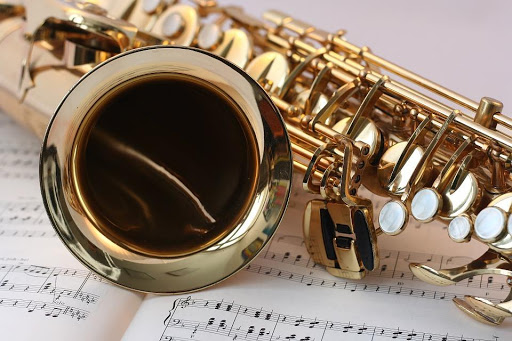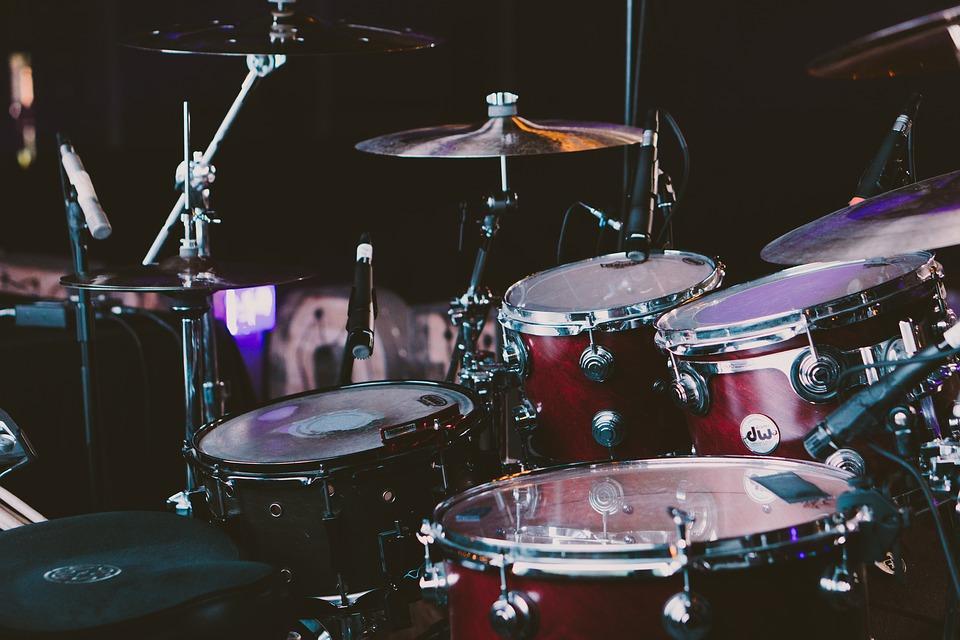
Though musical instruments can become a specialty moving item, moving a great deal of them at once is something of an art. If you own a music store and are relocating to a new retail space, it may be time to find a mover who can cope with your instrument collection. The same goes for orchestras—one day you’ll need to find a moving company, even if it’s just for a long-distance performance.
But what should you look for in a mover? How should the instruments be prepared? Let’s take a look.
Brass

Brass section instruments that are in active play should have all valves oiled and break rings placed around buttons to prevent any undue wear. Spit valves should be fully cleaned. Mouthpieces should be wrapped in protective paper or placed in a plastic zip bag.
For brand new brass instruments, place bell plugs inside each bell to keep them from warping and to hold off dents. Bubble wrap can be requested for the outside of the bell, as well.
Woodwinds

Start by removing all reeds from the instruments. Place used reeds in an air-tight reed container or carry them on your person. Reeds warp very easily, so extras should be removed from the case and the shipping container prior to moving.
Large woodwinds, like saxophones, should be shipped within a hard case if at all possible. This will keep their many sensitive buttons and stoppers in the best shape possible. If impossible, nest packing material over each cover, then wrap the entire instrument in packing paper and tape paper to paper.
Strings

String instruments, excluding guitars, should be carefully managed prior to shipping. Remove the bridge, loosen tension in the bow and place them in nesting hard cases. Strings should be removed if possible and placed in a storage compartment within the case itself.
Rosin should be removed if the shipment is a long one or if it is particularly warm during the trip. A sticky cello is a big mess to deal with.
Electronics

Keyboards, electric guitars, and other electronic musical instruments should ship in much the same way one would expect to send a computer. Use static-guarding packing materials if possible to keep the instruments from retaining electricity. If sending along amps or other accessories, use colored yard sale stickers on the accessories and the instrument they match. This makes it much easier to separate these items when they arrive.
Guitars

Acoustic guitars are fidgety items but ones movers are very acquainted with. Though it can be difficult to manage, removing the strings and fingerboard of the guitar may be in its best interest. This allows the neck and body the ability to relax as needed during moving, hopefully avoiding any warping that may otherwise occur.
If possible, ask movers to place your guitar in a separate moving crate or on top. You will want to treat your ukuleles just like with guitars. As stated by Bobbie from The Best Cover Ever, ukuleles are smaller and more portable than guitars, though you still need to exercise caution when handling these instruments as they are just as prone to getting damaged if not treated properly.
Percussion

Percussion instruments are numerous and all require slightly different care during their moving experience. Your best bet is to wrap drums and fill them with other, smaller drums. This allows them to help one another keep their shape if they roll or happen to bump into something during moving.
Bells and other tray percussion should be disassembled to the greatest extent possible by the owner of the instrument. You can label bells, again, with yard sale stickers. These stickers can be written on to remind you which note is which, or what order they go in.




 POSTED BY
POSTED BY 

